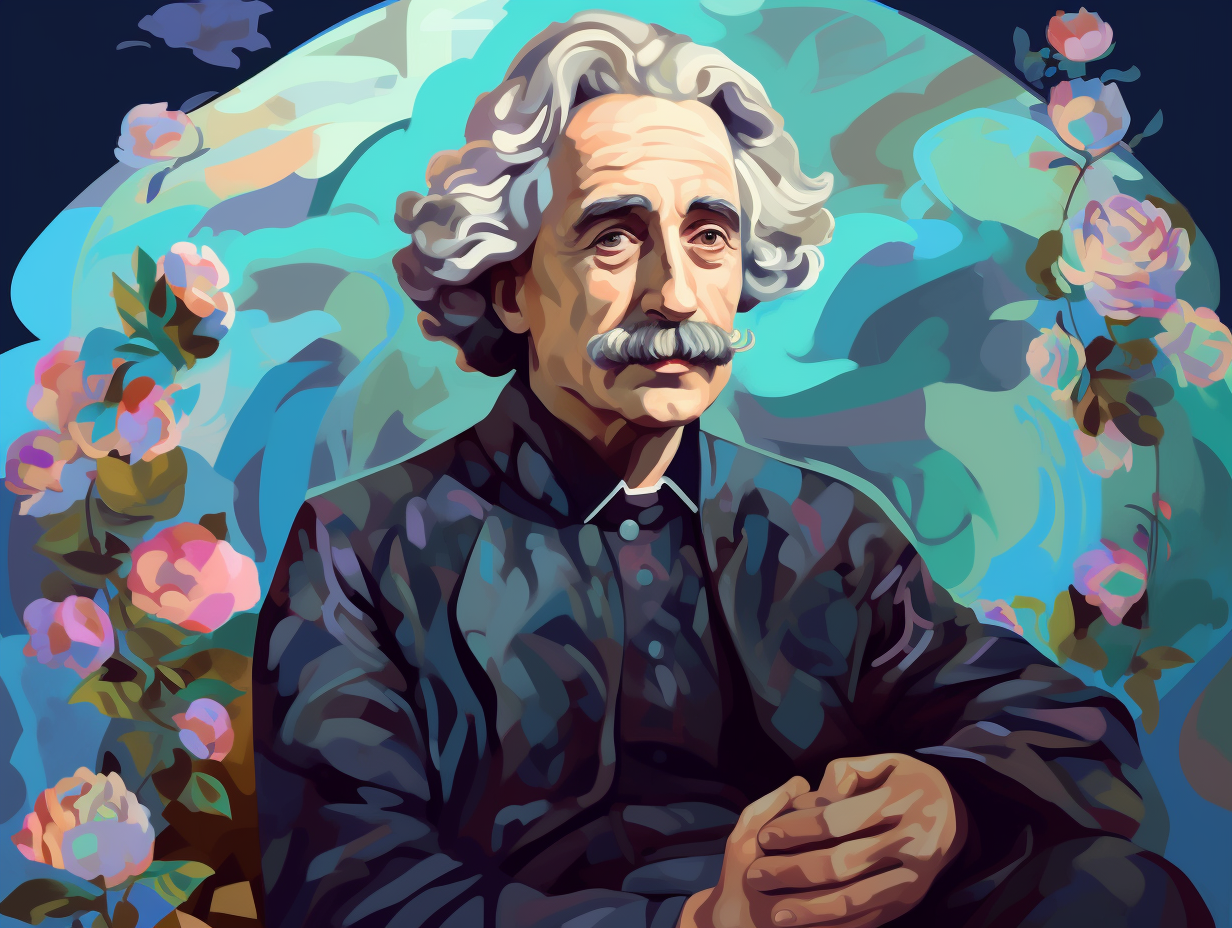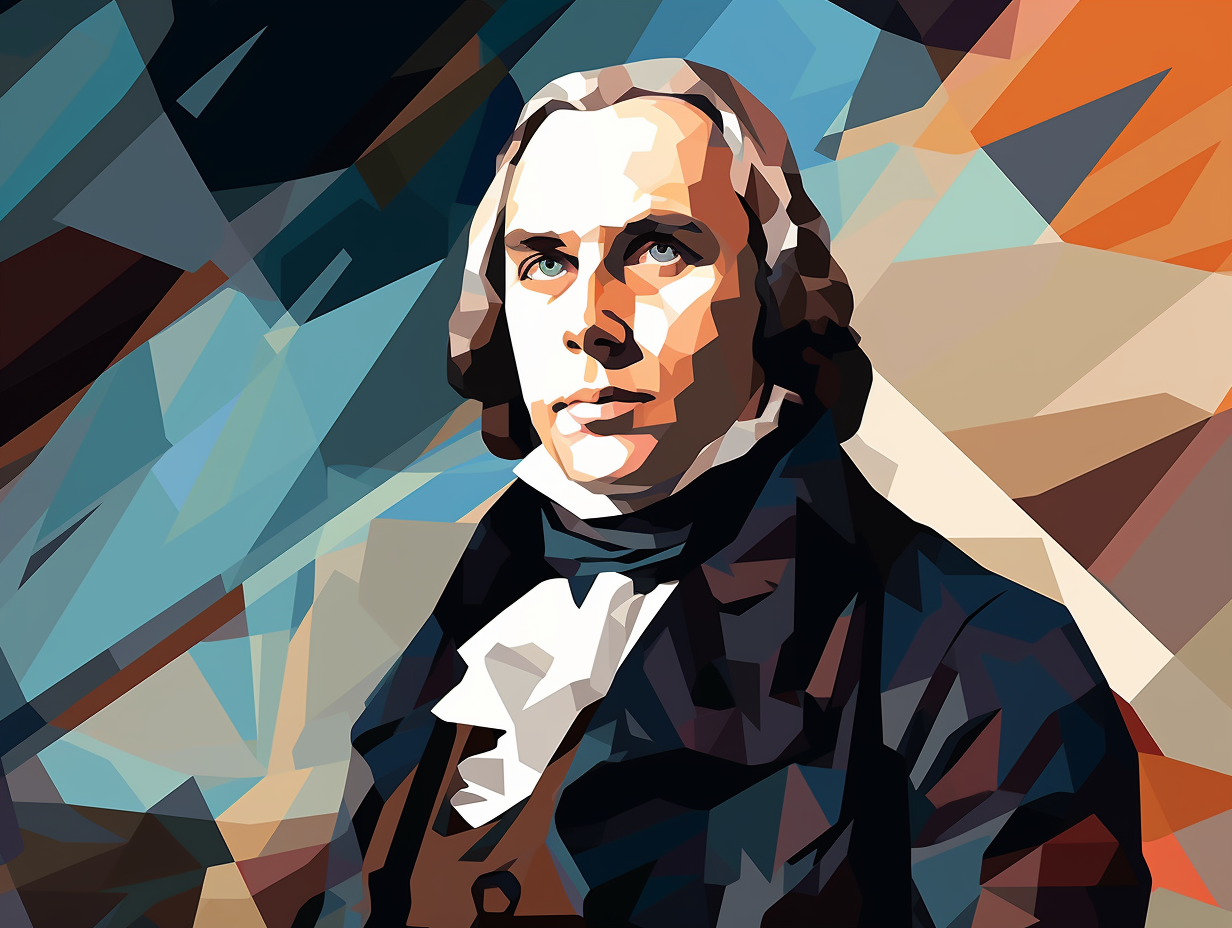10 Fascinating and Bizarre Facts About Plague Doctors You Never Knew!

1. Beaky Cologne Barriers
While medieval plague doctors may seem like the Pepe le Pew of the medical world, strolling through town with their beaky schnozzes full of "eau de cologne," a different reality awaits us: The truth is, these iconic masks were stuffed with vinegar-soaked herbs and spices to combat the noxious fumes of disease-ridden towns, though the effectiveness of this aromatic armor against the deadly spread of the plague remains quite dubious.
Source => nationalgeographic.com
2. Birth of Bird-like Beak Masks
Before "put a bird on it" became a crafty meme, it was a plague doctor's life motto: Plague doctors in the medieval age wore peculiar bird-like beak masks as a front-line defense against the bubonic plague. The uniquely designed mask allowed them to stuff aromatic flowers and herbs, such as mint, cloves, and camphor, within the beak as a fragrant barrier against the ill-fated smells believed to spread the disease. Sadly, the real culprit was not held at bay, as the mask's two air holes left them vulnerable to contracting the plague regardless of their botanical accessories.
Source => dontwasteyourmoney.com

Did you know George Washington's famous dentures were far from wooden? Discover the surprising materials used in his peculiar pearly whites!
=> Fun Facts about George-Washington
3. Staff-Assisted Examinations
Before elbow bumps became the norm, there were "staff-assisted" examinations: Plague doctors used wooden canes to poke and prod their patients while keeping a safe distance, avoiding direct contact for diagnostic purposes.
Source => forbes.com
4. OG Face Masks & Aromatherapy
Move over, 17th-century aromatherapy: Plague doctors were the original OGs of fashioning face masks with a purpose! These beaky trendsetters had a method to their pecking madness: their masks were filled with strong-smelling substances like vinegar, which they believed warded off the "miasma" and deadly diseases that came with it. Alas, these iconic masks may have turned heads, but didn't do much to prevent the actual spread of the bubonic plague.
Source => nationalgeographic.com

5. Fashionable Disease Protection
Dressed to impress and ready to party like it's 1347, plague doctors strutted their stuff in some truly avant-garde fashion accessories: their signature outfits were crafted from wax-coated leather or fabric, providing a stylish protective barrier against contagion, while their infamous beaked masks were filled with sweet-smelling herbs that made them the original OG air purifiers.
Source => bcmj.org
6. Unaffiliated Bird-like Doctors
Move over, Darth Vader: Plague doctors' all-black attire and beaky masks weren't actually a fashion statement borrowed from the dark side. Their distinctive look was purely practical, designed to protect them from the infectious diseases they bravely treated, without any employment or influence from the church!
Source => cbc.ca
7. Poor Success Rates
If Dr. Beak thinks he's getting that huge payday just for dressing up like a nightmarish chicken and jamming herbal leeches on people, he's got another thing coming: Plague doctors, while often well-compensated and essential during bubonic plague outbreaks, had a poor success rate in curing patients due to their often ineffective methods of using leeches and herbs.
Source => statnews.com
8. Nightmarish Chicken-Like Doctors
Ever wonder why plague doctors dressed like an ominous cousin of Big Bird, hoping for a gig in the world's worst Sesame Street reboot? They had a method to their madness: They donned slick wax-scented robes and filled their beak-like masks with potent herbs, not dried flowers or spices, as a means to ward off disease and purify the air they breathed.
Source => wellcomecollection.org
9. Nostradamus in Plague Doctor World
If Nostradamus walked into a bar, he'd likely predict the end of our happy hour, then prescribe a round of sanitation and corpse removal: As a plague doctor, Nostradamus had success treating outbreaks with hygiene practices, a well-balanced diet, and disposing of infected corpses, while also serving as a death registrar and writing wills. In a beaky twist of fate, the now-iconic plague-doctor mask, filled with fragrant herbs and originating from Venice's Carnival celebrations, wasn't invented till the 17th century in Naples, making the real Nostradamus a little less chic than costume wearers might believe!
Source => ginabu.com

10. Primitive Respirators with a Beak
Petrifying patients or protecting their person? Neither! The eerie beak of plague doctors' masks was steeped in 17th-century aromatherapy: Contrary to what one might think, the beak-shaped mask actually served as a primitive respirator. It was filled with aromatic items like dried flowers, herbs, and vinegar sponge to counteract the "noxious" smells of the plague, with the hope that these good smells would prevent infection, while the two small nose holes offered protection from airborne diseases. Who knew fashion and function could go hand in hand during a pandemic?
Source => en.wikipedia.org
Related Fun Facts




















